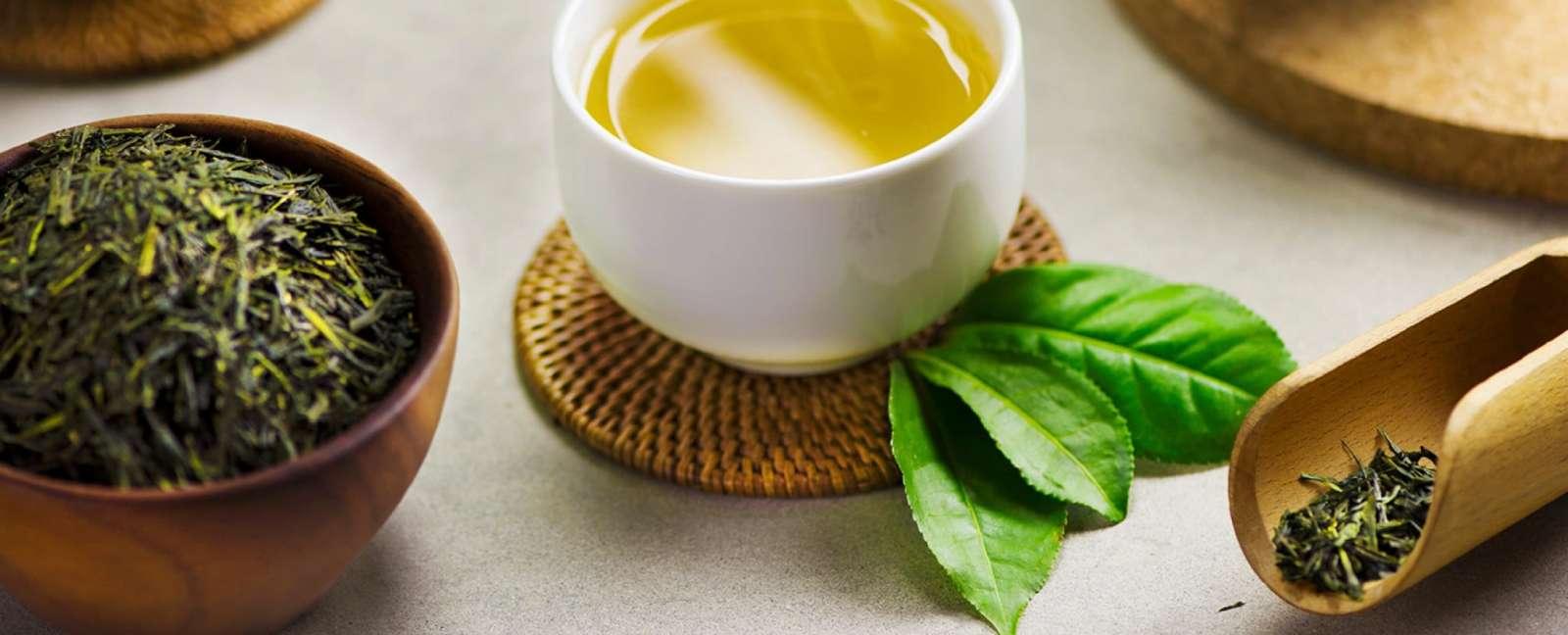Are you a tea lover that wants to become a tea connoisseur? Lipton is here to help you delve deeper into what you already know you like within the wonderful world of tea. If you’d appreciate a finer more complex black tea, then Orthodox is your best bet. If you’re an avid green tea drinker, Sencha will be a great next step to explore.
INTRODUCING ORTHODOX TEA
Meet black tea’s more artisanal cousin. The traditional version of our everyday blend, Orthodox teas are what you get when regular tea leaves undergo a bit more pampering during their preparation. Up until the creation of CTC machines (the clever gizmos that help mass produce most types of tea) all tea leaves were Orthodox. So, in essence you can think of modern Orthodox tea leaves as a more authentic and classical tea flavor—the sort of tea taste that your great-great-grandparents might have enjoyed.So what makes Orthodox teas so special? Well, it all comes down to the way their processed. Through gentle rolling, these larger tea leaves acquire a delicate flavor of incredible depth.

